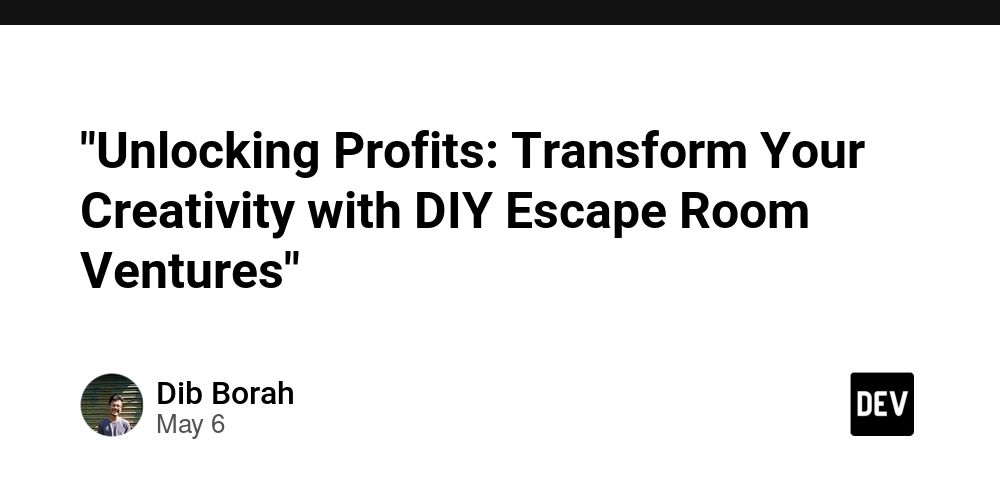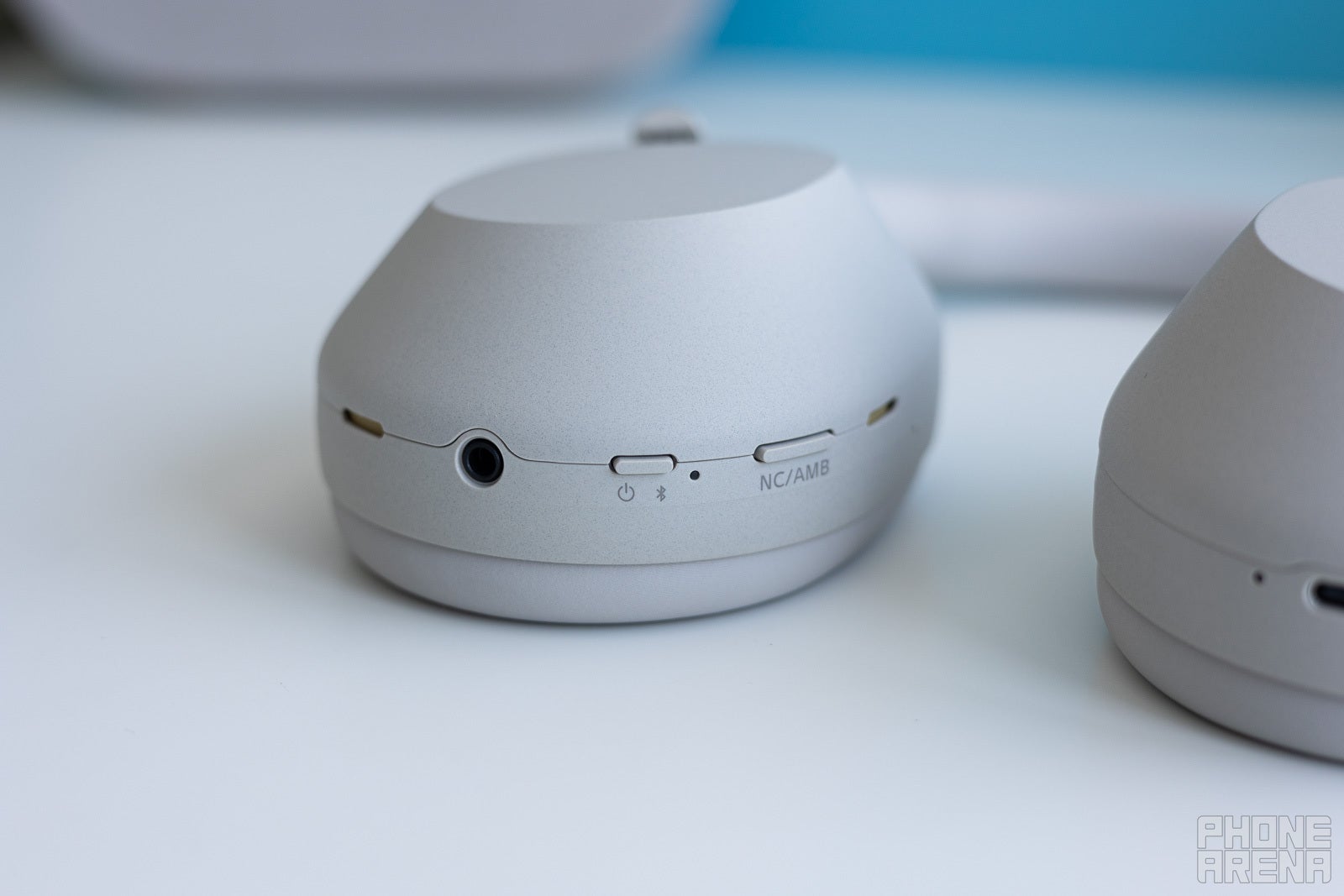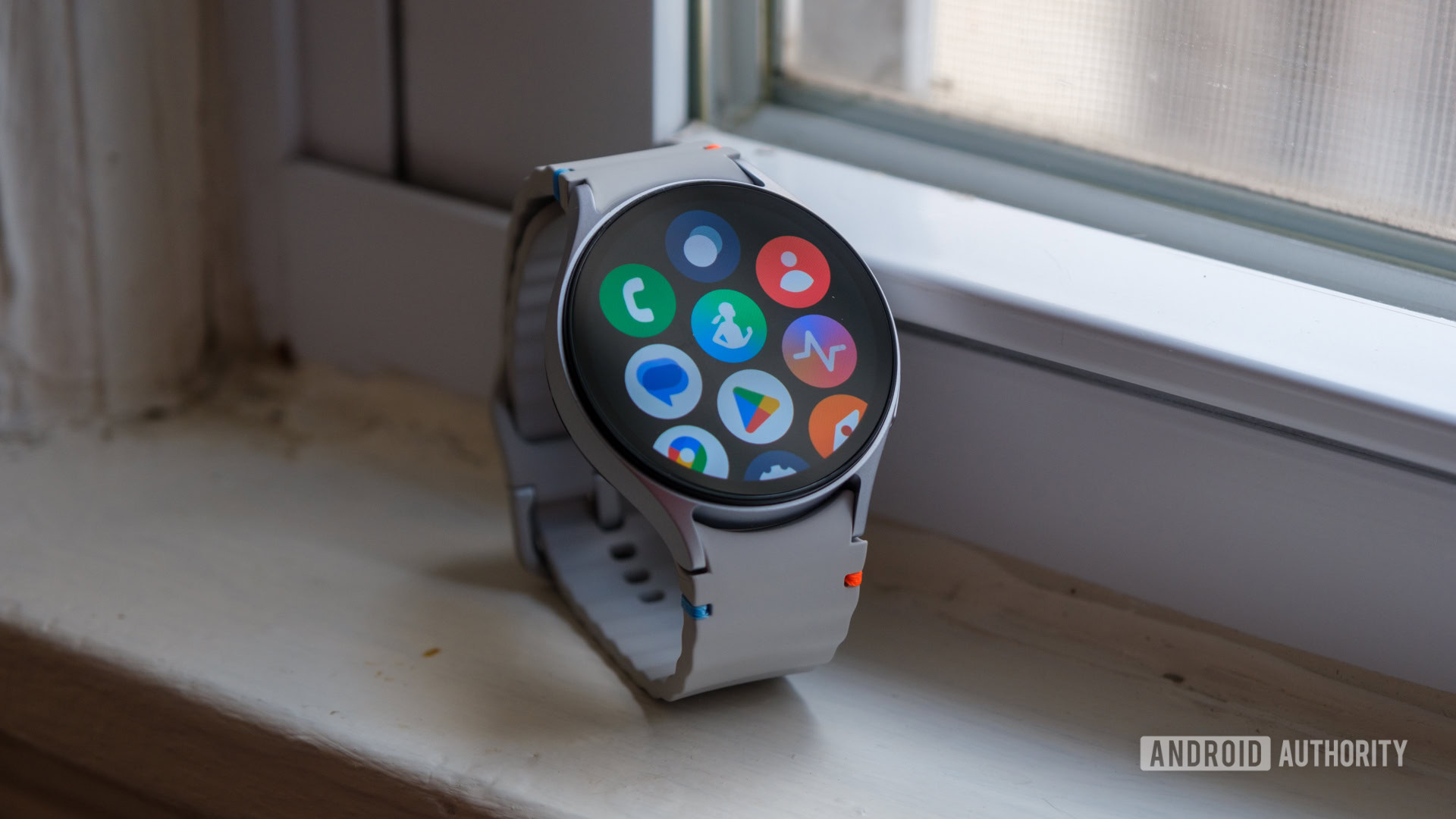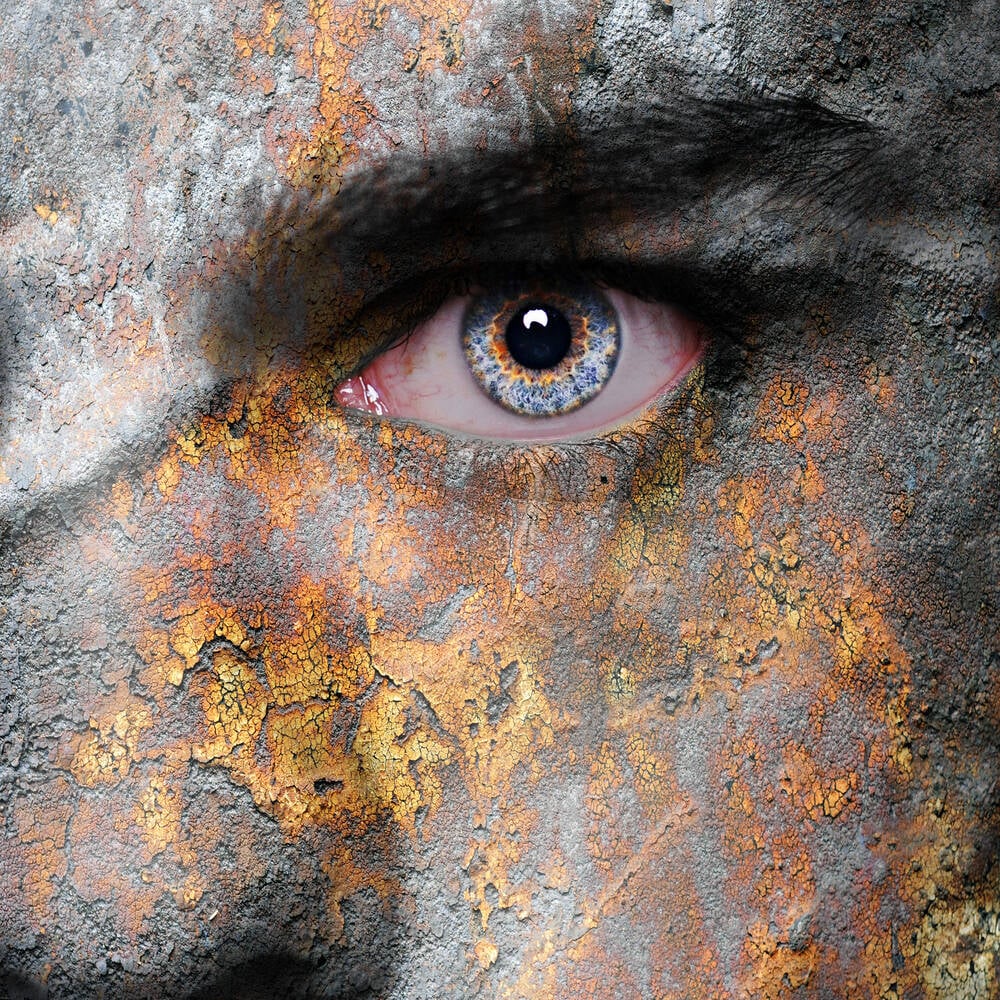"Unlocking Profits: Transform Your Creativity with DIY Escape Room Ventures"
Unlocking Profits: Transform Your Creativity with DIY Escape Room Ventures In recent years, escape rooms have soared in popularity, captivating the imagination of puzzle enthusiasts, team-building participants, and thrill-seekers alike. The concept is simple yet exciting: players are locked in a themed room and must solve puzzles to "escape" within a set time limit. As demand for unique and immersive experiences grows, there's a profitable niche for creative minds to explore the DIY escape room venture. Why Start a DIY Escape Room Business? Escape rooms are more than just a fun weekend activity; they're a booming industry. According to MarketWatch, the global escape room market was valued at approximately $9 billion in 2020, with expectations to grow exponentially. The rise in interest offers a lucrative opportunity for entrepreneurs willing to combine creativity with business acumen. The Appeal of DIY Escape Rooms Cost-Effective Entry: Unlike other entertainment venues, starting a DIY escape room doesn't require a massive upfront investment. Existing spaces can often be adapted, and creative use of household items can keep costs low. Flexible Themes: DIY allows for a customizable experience. You can design unique themes borrowing from popular culture, historical events, or entirely original narratives. Local Engagement: Escape rooms foster community engagement, serving as perfect locales for group events, birthdays, and professional team-building exercises. Steps to Transform Your Creativity into Cash 1. Crafting the Concept Begin by brainstorming themes. Consider the interests of your target audience and current trends. A well-crafted backstory adds depth and excitement, making the experience memorable and talk-worthy. Example Themes: Haunted House, Space Mission, Historical Mystery, or Detective Noir. 2. Designing the Puzzle Experience Use your creativity to design puzzles that challenge and entertain. Balance complexity to cater to both newbies and seasoned players. Incorporate a mix of logic puzzles, physical challenges, and clues hidden in plain sight. Puzzle Tools: Items like lockboxes, UV lights, and riddles can be designed with minimal expense. 3. Setting the Scene Consider the aesthetics of your room. Immersive environment setups include lighting, sound effects, and props that align with your theme. Thrift stores and garage sales can be treasure troves for budget-friendly decorations. 4. Testing Before Launch Before opening doors to the public, test your escape room. Invite friends or a focus group to experience the game. This will help you fine-tune the difficulty level and identify any potential hiccups in the flow of the experience. Marketing Your DIY Escape Room 1. Building an Online Presence Create a user-friendly website and engage with social media to showcase your escape room's theme, puzzles, and user testimonials. Leverage platforms like Instagram and Facebook for imaginative storytelling. 2. Community Involvement Partner with local businesses, schools, or community centers to promote your escape room. Hosting seasonal or themed events can attract diverse audiences and generate buzz. 3. Special Offers and Packages Offer introductory deals for first-time visitors or package options for groups to encourage foot traffic. Loyalty programs or referral discounts can also help retain and grow your customer base. Conclusion Embarking on a DIY escape room venture can be a rewarding endeavor, melding your passion for puzzles with entrepreneurship. By creating an engaging and immersive experience, you'll not only capture the interest of your local community but potentially tap into a thriving industry ripe with opportunity. It's time to unlock your creativity and turn it into profit—one puzzle at a time!

Unlocking Profits: Transform Your Creativity with DIY Escape Room Ventures
In recent years, escape rooms have soared in popularity, captivating the imagination of puzzle enthusiasts, team-building participants, and thrill-seekers alike. The concept is simple yet exciting: players are locked in a themed room and must solve puzzles to "escape" within a set time limit. As demand for unique and immersive experiences grows, there's a profitable niche for creative minds to explore the DIY escape room venture.
Why Start a DIY Escape Room Business?
Escape rooms are more than just a fun weekend activity; they're a booming industry. According to MarketWatch, the global escape room market was valued at approximately $9 billion in 2020, with expectations to grow exponentially. The rise in interest offers a lucrative opportunity for entrepreneurs willing to combine creativity with business acumen.
The Appeal of DIY Escape Rooms
- Cost-Effective Entry: Unlike other entertainment venues, starting a DIY escape room doesn't require a massive upfront investment. Existing spaces can often be adapted, and creative use of household items can keep costs low.
- Flexible Themes: DIY allows for a customizable experience. You can design unique themes borrowing from popular culture, historical events, or entirely original narratives.
- Local Engagement: Escape rooms foster community engagement, serving as perfect locales for group events, birthdays, and professional team-building exercises.
Steps to Transform Your Creativity into Cash
1. Crafting the Concept
Begin by brainstorming themes. Consider the interests of your target audience and current trends. A well-crafted backstory adds depth and excitement, making the experience memorable and talk-worthy.
- Example Themes: Haunted House, Space Mission, Historical Mystery, or Detective Noir.
2. Designing the Puzzle Experience
Use your creativity to design puzzles that challenge and entertain. Balance complexity to cater to both newbies and seasoned players. Incorporate a mix of logic puzzles, physical challenges, and clues hidden in plain sight.
- Puzzle Tools: Items like lockboxes, UV lights, and riddles can be designed with minimal expense.
3. Setting the Scene
Consider the aesthetics of your room. Immersive environment setups include lighting, sound effects, and props that align with your theme. Thrift stores and garage sales can be treasure troves for budget-friendly decorations.
4. Testing Before Launch
Before opening doors to the public, test your escape room. Invite friends or a focus group to experience the game. This will help you fine-tune the difficulty level and identify any potential hiccups in the flow of the experience.
Marketing Your DIY Escape Room
1. Building an Online Presence
Create a user-friendly website and engage with social media to showcase your escape room's theme, puzzles, and user testimonials. Leverage platforms like Instagram and Facebook for imaginative storytelling.
2. Community Involvement
Partner with local businesses, schools, or community centers to promote your escape room. Hosting seasonal or themed events can attract diverse audiences and generate buzz.
3. Special Offers and Packages
Offer introductory deals for first-time visitors or package options for groups to encourage foot traffic. Loyalty programs or referral discounts can also help retain and grow your customer base.
Conclusion
Embarking on a DIY escape room venture can be a rewarding endeavor, melding your passion for puzzles with entrepreneurship. By creating an engaging and immersive experience, you'll not only capture the interest of your local community but potentially tap into a thriving industry ripe with opportunity. It's time to unlock your creativity and turn it into profit—one puzzle at a time!








































































































































































![[The AI Show Episode 146]: Rise of “AI-First” Companies, AI Job Disruption, GPT-4o Update Gets Rolled Back, How Big Consulting Firms Use AI, and Meta AI App](https://www.marketingaiinstitute.com/hubfs/ep%20146%20cover.png)























































































































































































































































































































































































![Beats Studio Pro Wireless Headphones Now Just $169.95 - Save 51%! [Deal]](https://www.iclarified.com/images/news/97258/97258/97258-640.jpg)









































































































